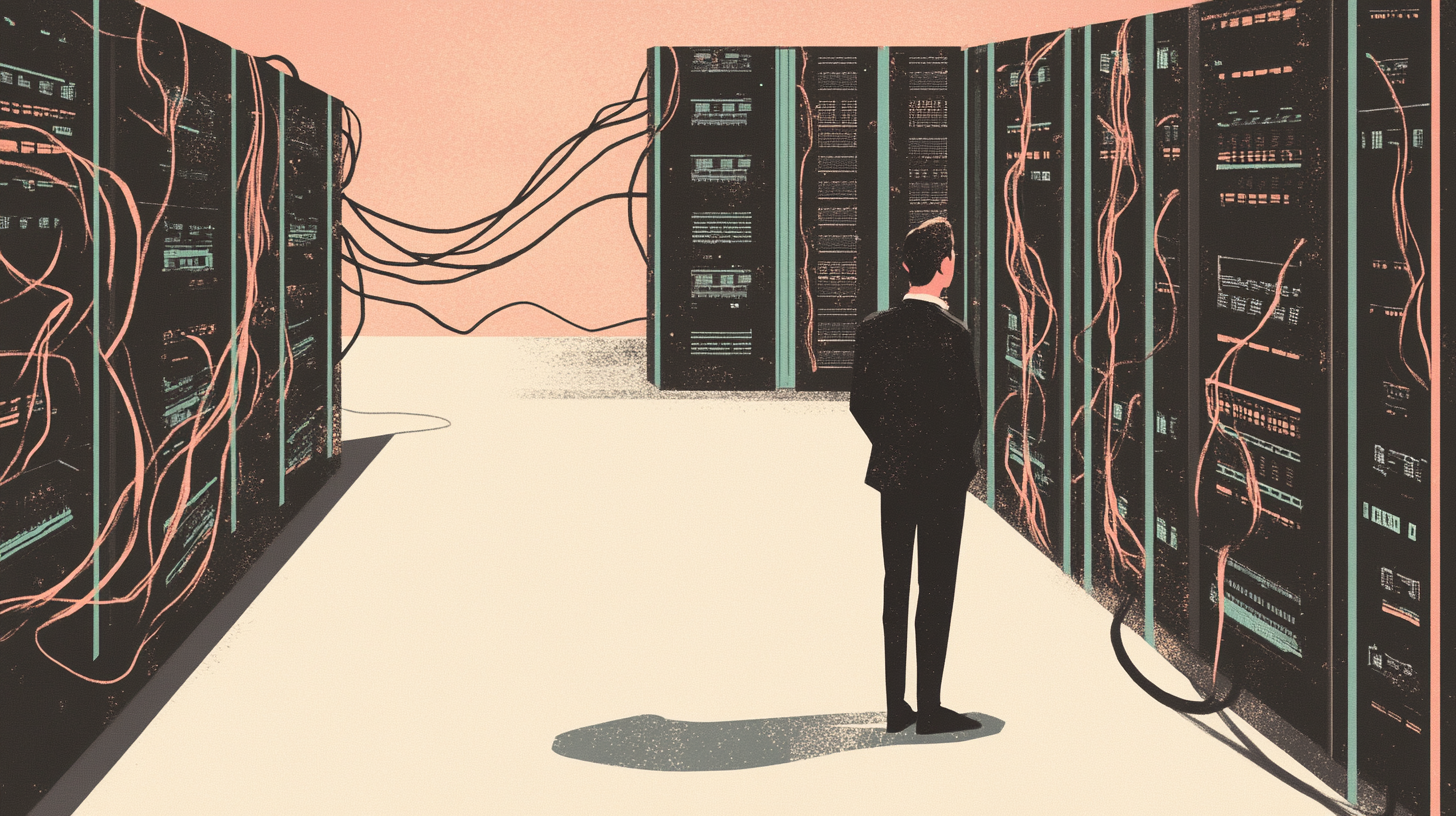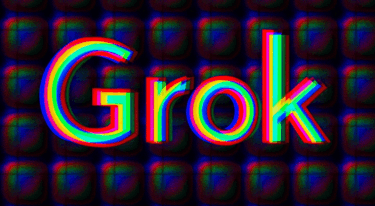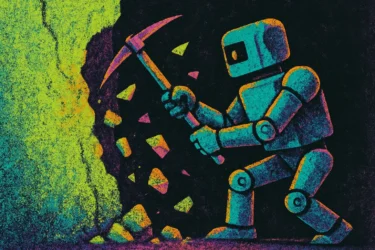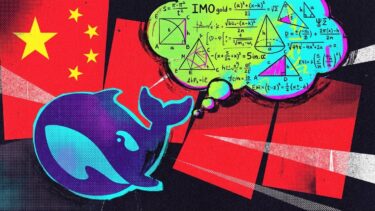Elon Musk announced on X that his company xAI will showcase its latest AI model Grok 3 in a live demonstration on Monday at 8 PM Pacific time (Tuesday, 5 AM CET).
In a post on X, Musk described the system as the "smartest AI on Earth" and said his team will be refining the product through the weekend, remaining offline until the presentation. Shortly after, he posted screenshots of Grok 3 slandering the media outlet "The Information."
The announcement comes after Musk's initial July 2024 reveal, when he promised to deliver the "world's most powerful AI by every metric by December." According to Musk, the model was trained in his "Gigafactory" data center using 100,000 Nvidia H100 chips on the "Colossus" supercomputer.
Musk's AI startup xAI secured $6 billion from prominent investors including Nvidia, AMD, and Blackrock in late December, following an earlier $6 billion investment in May 2024. Another $10 billion investment is reportedly in discussion at a $75 billion valuation. xAI plans to double its computing capabilities to 200,000 GPUs using NVIDIA's Spectrum X Ethernet platform.
Can Musk leapfrog the competition?
The AI landscape has evolved considerably since Grok 3's initial announcement. OpenAI introduced "reasoning models" with their o-models, while Deepseek-R1 made waves as a powerful open-source alternative. Traditional language models have shown limited progress recently, with Anthropic's Claude Sonnet model 3.5 in June 2024 marking the last significant advancement.
Musk's demo will show whether Grok 3 can compete with models from OpenAI and Anthropic. A key question is whether xAI has implemented a hybrid architecture that combines a language model with a reasoning engine, an approach OpenAI plans for GPT-5. Previous versions of Grok weren't considered technologically innovative or state-of-the-art.
Meanwhile, the competition continues to advance. OpenAI updated GPT-4o in ChatGPT over the weekend, though without detailed documentation of the changes. Anthropic is reportedly developing new Claude models that integrate traditional language models with logical reasoning capabilities.





